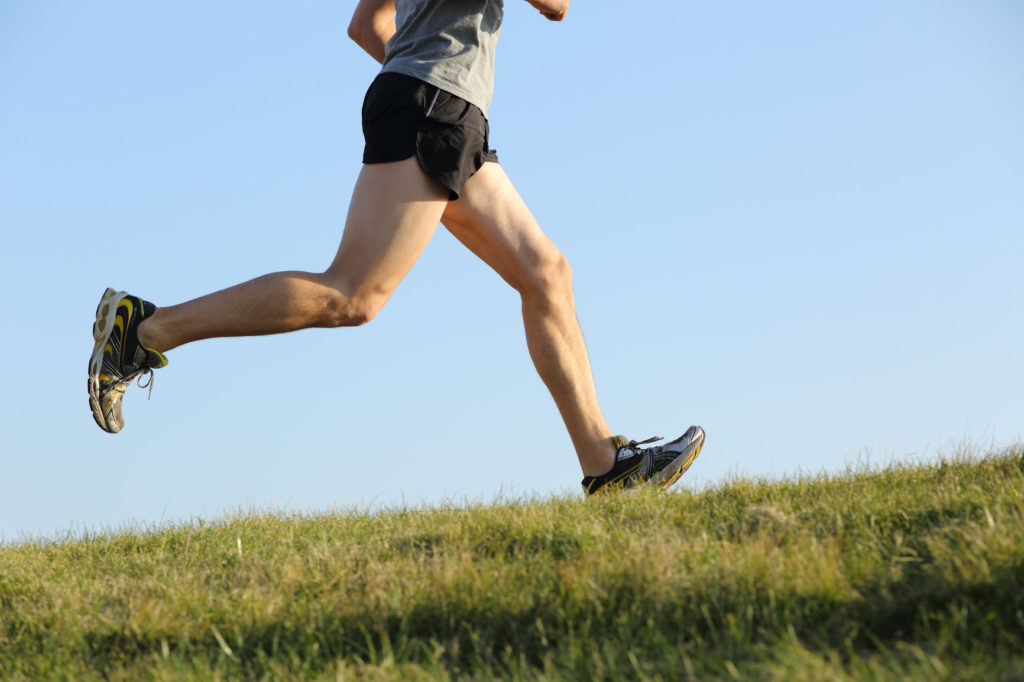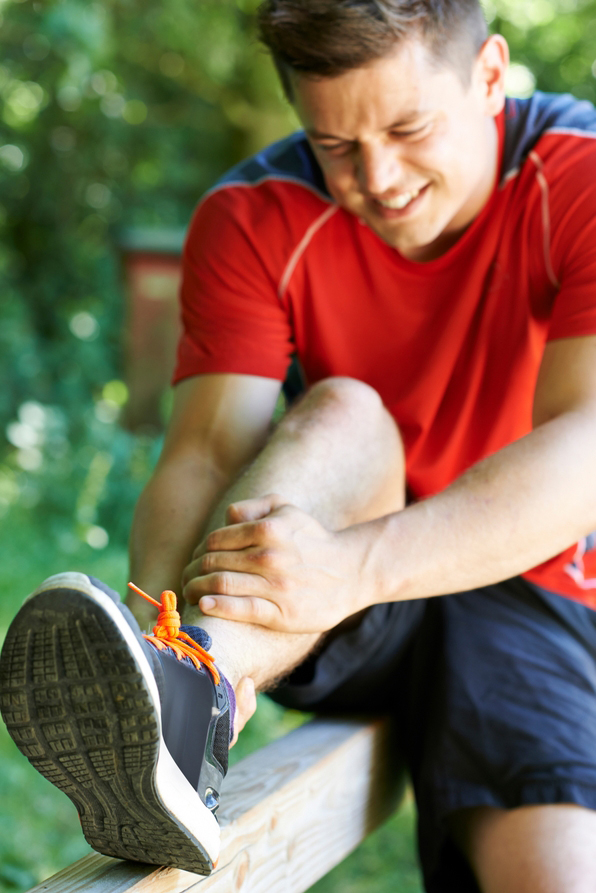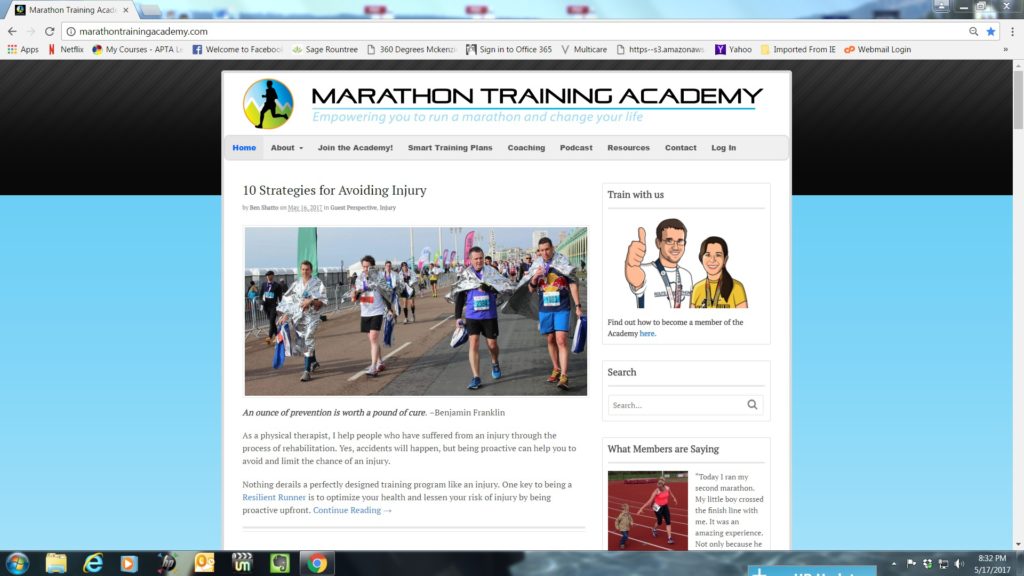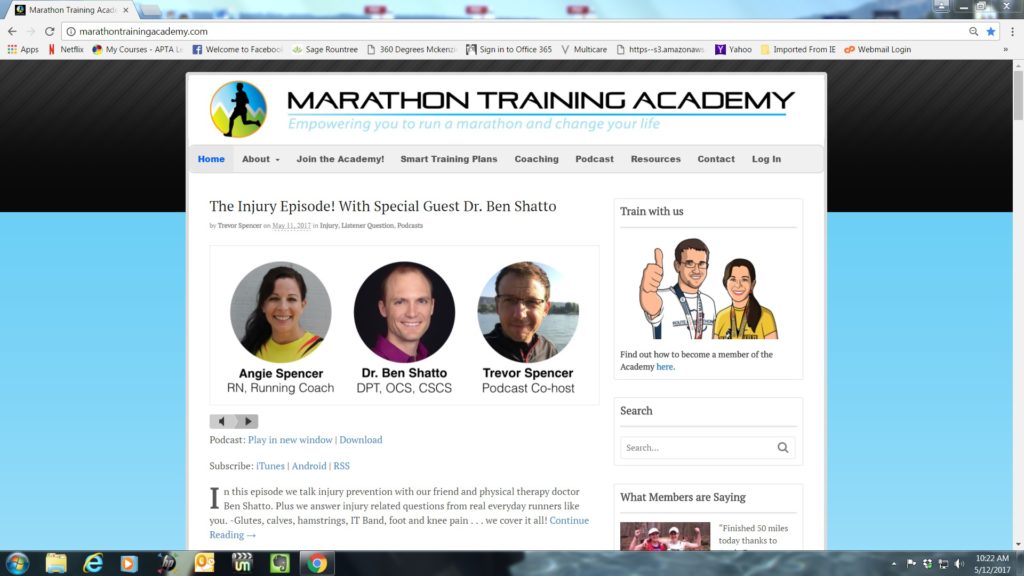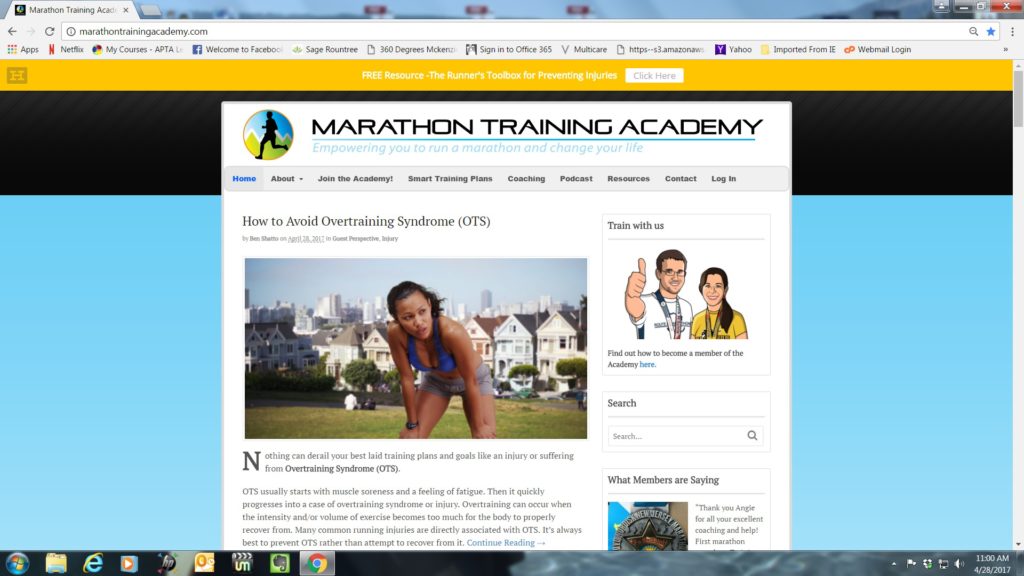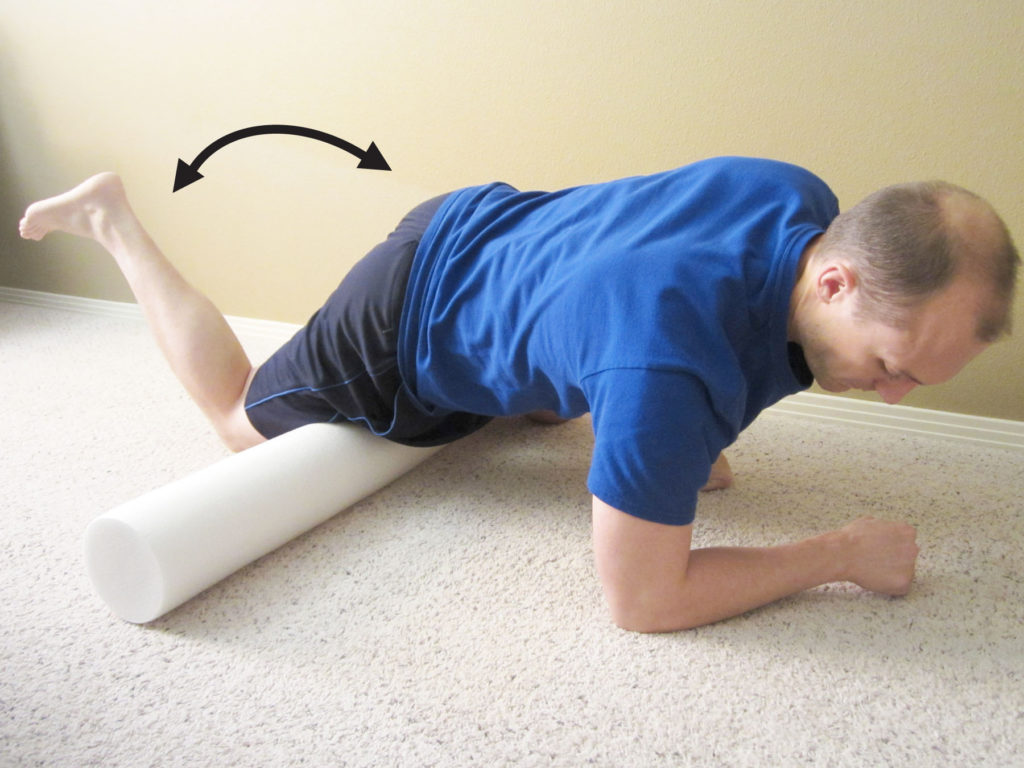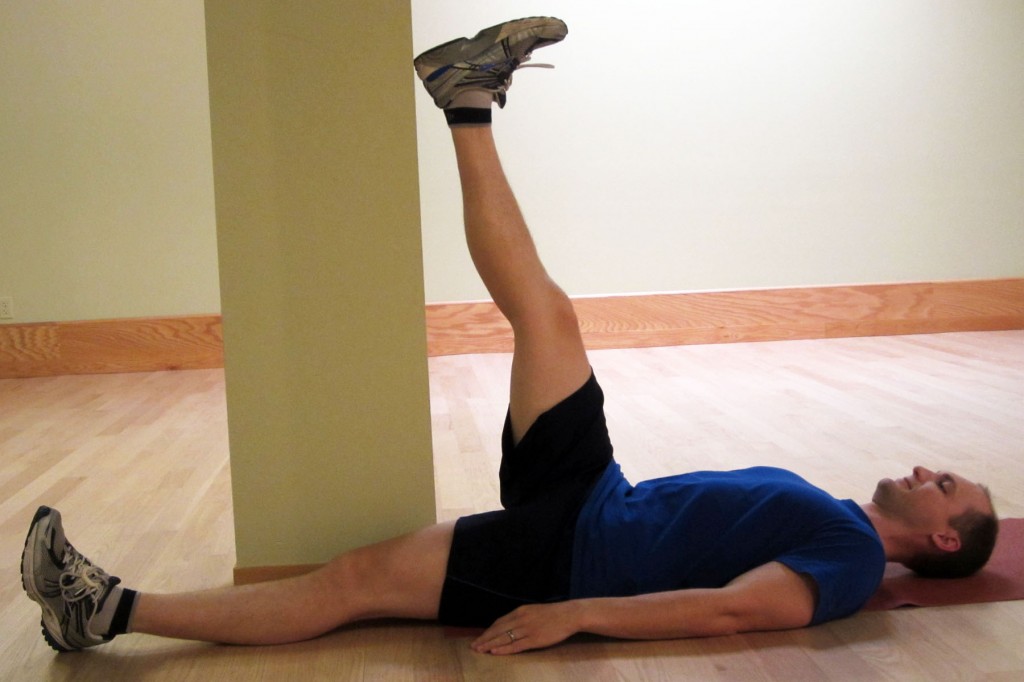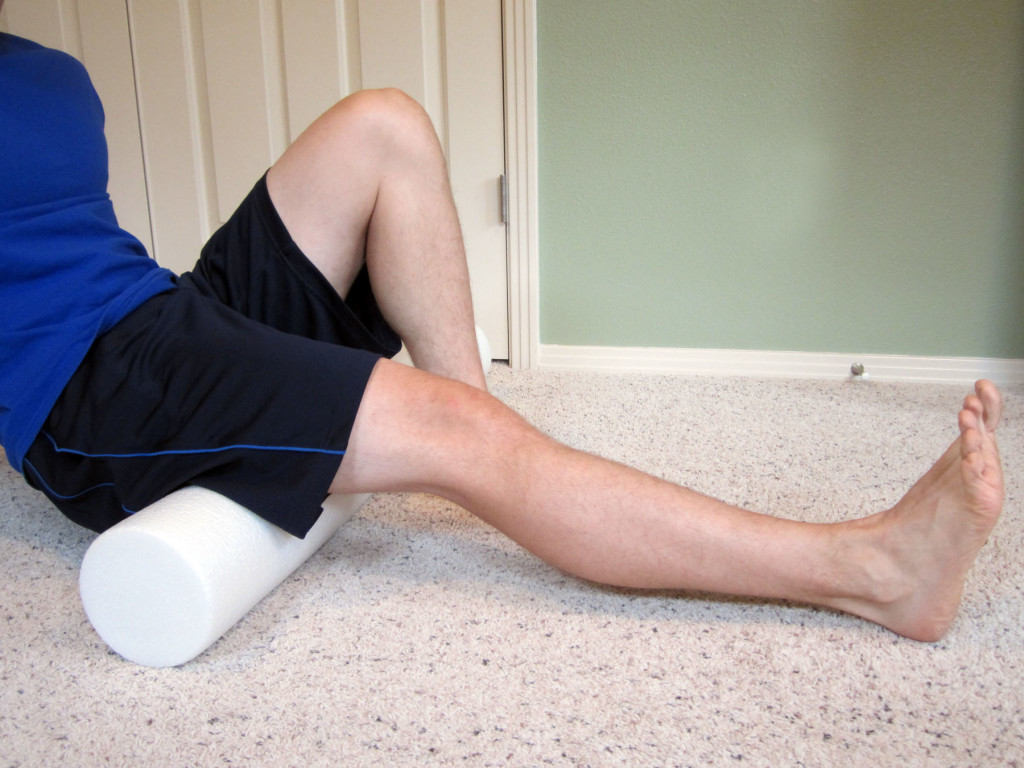Have you ever wondered why some people seem to always get injured while others are resilient and seemingly bullet proof? Injury can be the biggest obstacle you face when trying to be healthy. Acknowledging that you’re injury prone is the first step. Instead of letting the fear of getting hurt stop you from achieving your goals, learn how to take precautions and stop being injury prone.
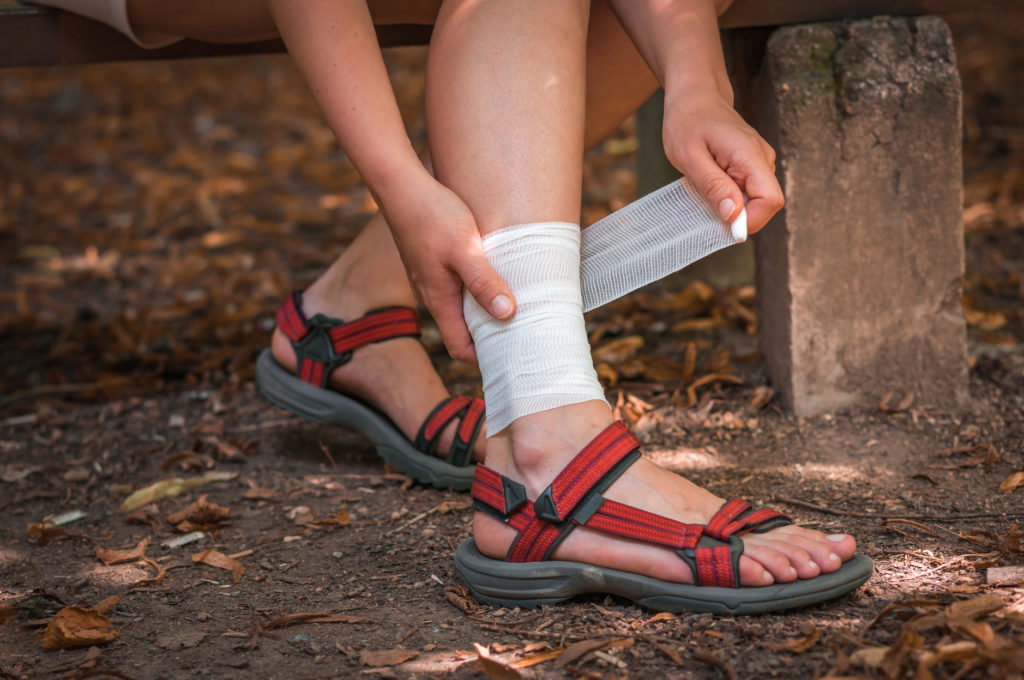
In my series on Why You Won’t Heal, I addressed the six categories of common reasons why a person will not heal or recover from injury. If you’re frequently injured, it’s time to take a step backward in order to understand why you keep getting hurt in the first place. Avoiding injury is always best. When it comes to injury, there are factors, like genetics and luck (whether good or bad), that are out of your control. There are also many factors that are definitely in your control.
The power of good genetics cannot be understated. Some people just were lucky and won the genetic lottery. They picked their parents well! We all know that one person who seemingly can do whatever he/she wants without ever seeming to have an ill consequence. That may go for all kinds of questionable behaviors from those who smoke for fifty years, yet still live to be 100 years old. Good genetics are definitely a gift for some, while the opposite can be true for others.
Like good genetics, you can’t eliminate the effect luck (whether good or bad) may have on your life. I’m sure that you have known those people who always seem to win contests or drawings or that seem to always be at the right place at the right time. While others seem to be the ones that if something bad is going to happen, then it happens to them. Now I’m not a superstitious person, but I think that some people seem to have either more bad or good luck than others. Louis Pasteur said of his seemingly serendipitous scientific discoveries, “Chance favors the prepared mind.” Are you prepared?
How can you learn to avoid injury? Consider the following factors that make you more prone to injury:
Poorly Designed Training Program
Overtraining syndrome (OTS) occurs when the intensity and/or volume of training/exercise becomes too much for the body to properly recover. This is usually the result of a poorly designed and/or executed training program. Pushing your training to the point of overtraining will at best, impede your performance. At worst, it can lead to serious injury and burn out. A weekend warrior (those that cram a week’s worth of exercise into just two days) is at high risk of injury because the body can no longer recover from the training stimulus being imparted on it. To learn how to avoid OTS, please refer to 12 Tips to Prevent Overtraining Syndrome.
Poor Nutrition
The importance of proper nutrition cannot be overstated. It’s critical in order to insure that your body is functioning at a high level and is capable of recovering from stress. Your body relies on the stress, recovery, and adaptation cycle to progress forward. Proper nutrition is a critical component to proper recovery. Without proper recovery, your body cannot adapt and becomes more prone to injury. Then you not only suffer from poor performance, but a lack of progress.
Poor Sleep Quality
Like proper nutrition, adequate sleep is a critical component to the recovery process. Again, a body that cannot recover fully cannot adapt to the training loads being placed on it. This impedes performance and increases your risk of injury.
Poor Posture
The effects of chronic poor posture on western society cannot be overstated. A vast majority of all low back pain (LBP), thoracic pain, and cervical pain is directly related to chronically poor sitting posture. The effect of a low load long duration stretch on the muscles, ligaments, and discs of your spine can be devastating. Our bodies were built for frequent movement and activity, not prolonged sitting (especially, with poor posture). As a physical therapist, I have treated more people who are suffering from back and neck related pain from poor posture than any other injury. For tips on avoiding poor posture, please refer to How to Improve Posture and Eliminate Pain.
The Wrong Equipment
Can you imagine trying to play basketball in hiking boots or soccer cleats? Using the proper equipment for a particular sport or activity is critical to avoiding injury. Wear properly fitting shoes if your sport involves running and jumping. It’s not necessary to have the most expensive equipment, but it needs to be kept in good working condition and fit properly in order to maximize your safety. Always wear a helmet when you are skiing or bike riding.
Common Sense
This may be the most obvious and least used of all of our senses. Many injuries could be avoided if one just took an extra second or two to think through his/her actions and decisions prior to acting. Have a purpose and a reason for every action, and be intentional about those actions. If your common sense tells you to think twice, listen!
Muscle Imbalances
Although many muscle imbalances are due to poor posture, some can be attributed to other chronically repeated movement patterns. Often when developing a certain motor skill, one will practice and practice that skill only. This causes muscles imbalances to occur which will ultimately result in pain. This can be easily oversimplified though. Muscle imbalances can form for a variety of reasons including: chronic movement (habits) or sitting postures; neurologic input; overuse; and purposeful development.
Regardless of how the muscle imbalance occurs, once present, you are definitely at a higher risk of injury. In runners, I often see an imbalance in strength within the rotators of the hip. The hip’s internal rotators will be stronger than the external rotators. This can lead to altered movement patterns and excessive strain and stress throughout the lower kinetic chain. This often results in injuries like patellar femoral pain syndrome, shin splints, and plantar fasciitis. This is why cross training is such an important component to any training plan. With the right advice, training plan and cross training, you can avoid muscle imbalances and prevent injury.
Poor Mobility and Stability
Poor mobility and stability can be components of muscle imbalance, but not necessarily. One can have symmetrically poor mobility. Poor mobility (and particularly, asymmetric mobility) can lead to injury. It’s not necessary or desired to have excessive mobility. Excessive mobility can also lead to injury as it’s usually accompanied with poor stability for the task at hand. In the case of mobility, you just need enough in order to safely complete the desired task without over stressing and/or stretching the system. More than just enough mobility will not provide an additional benefit. However, there must be enough reserve mobility to accommodate for any unexpected movements that may occur. There must always be an appropriate amount of stability or strength needed to safely complete the task without overloading the body system being utilized.
Overuse Injuries
Overuse injuries (also called repetitive motion injuries) tend to occur when a specific structure is subjective to a repetitive straining over and over again. This eventually causes the structure to break down and results in injury. Often, muscle imbalances are to blame for overuse injuries.
Weekend warriors are famous for getting overuse injuries as many people attempt to make up for a week of chronic poor sitting posture at their job in one afternoon of activity. An example may be developing a case of tennis elbow after attempting to build a deck when you’re not used to swinging a hammer. It can also happen when a runner tapers up the mileage a little too quickly and suffers a stress fracture.
Overuse injuries are almost always preventable by using common sense, sticking to a proper training plan, and implementing preventative maintenance and cross training. An overuse injury can be frustrating because it could have been prevented initially with the right advice.
In order to be successful in meeting your movement, exercise, and training goals, injury must be avoided. Other than lack of time, injury is the number one reason why people report not completing their exercise and training goals. With the right training advice and preventative maintenance, most injuries can be avoided.
Avoiding injury in the near term is not only a critical component to reaching your training goals, but it’s also an important strategy as you try to optimize your health and truly learn how to age well. This insures that you not only have a long life span, but also a long health span.
My goal is to help proactive adults like you to understand how to safely self-treat and manage common musculoskeletal, neurological, and mobility related conditions in a timely manner so you can reach your optimal health.
The following comprehensive programs are designed to help you not only save money on health care costs, but also learn how to be proactive in managing your current aches, pains, and injuries. And more importantly, how to prevent them in the future!

The Resilient Runner
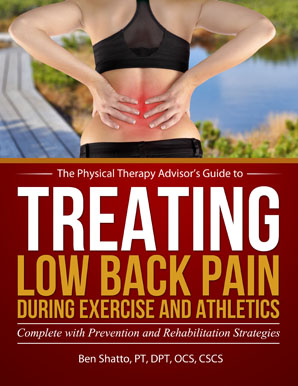
Treating Low Back Pain during Exercise and Athletics
